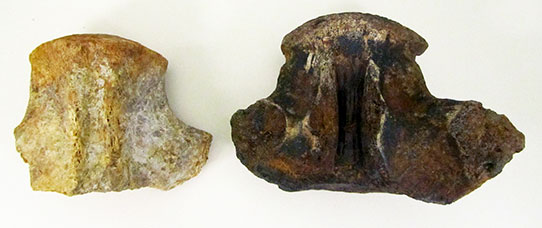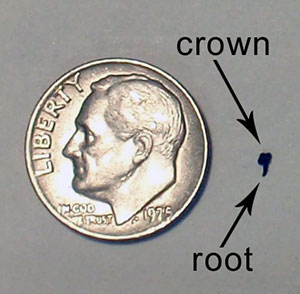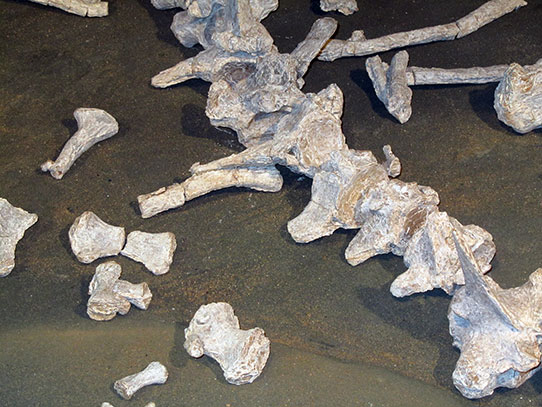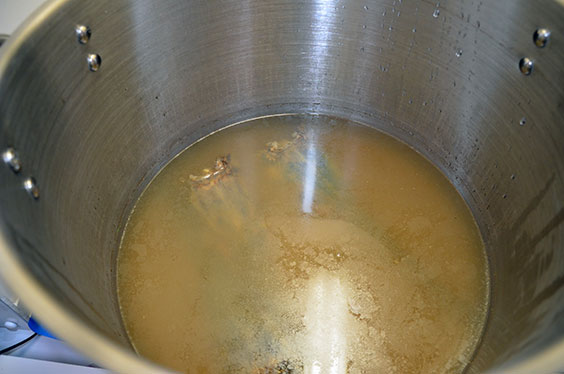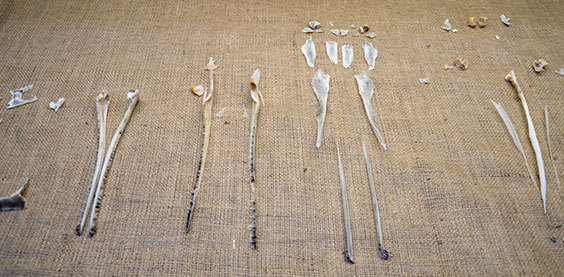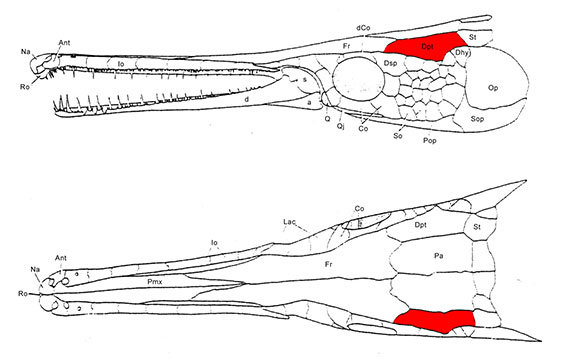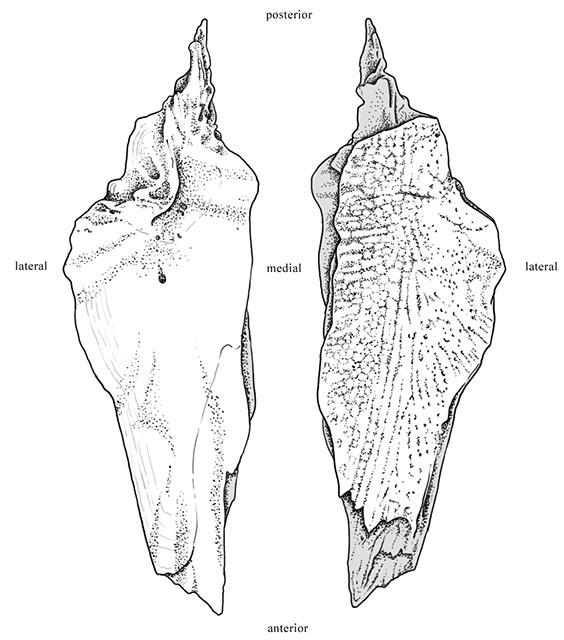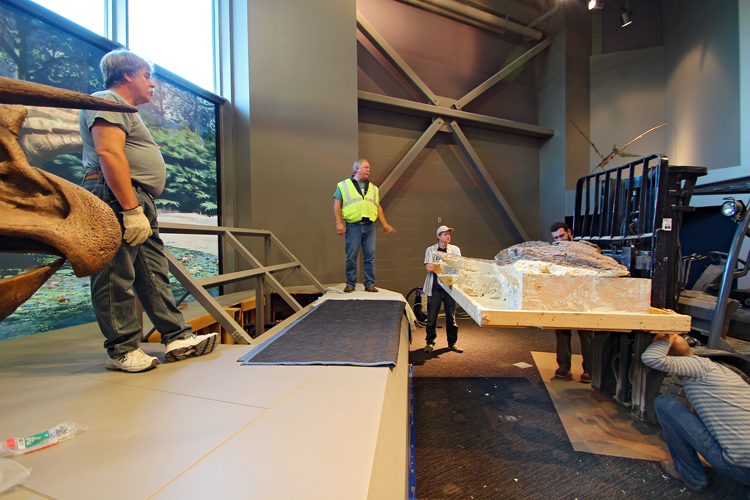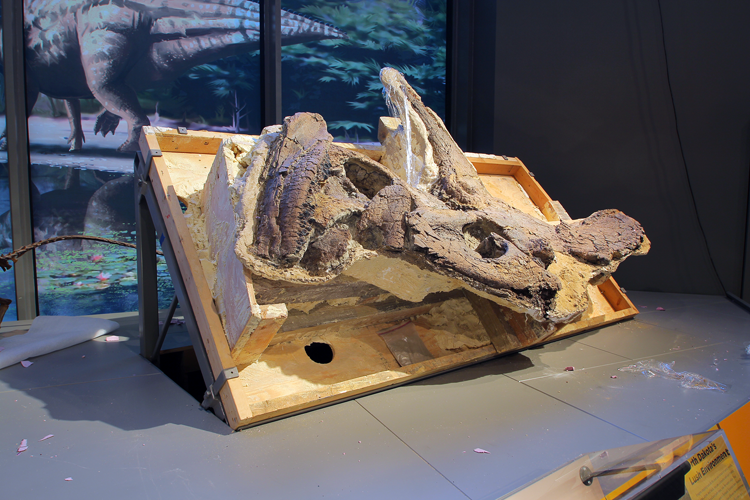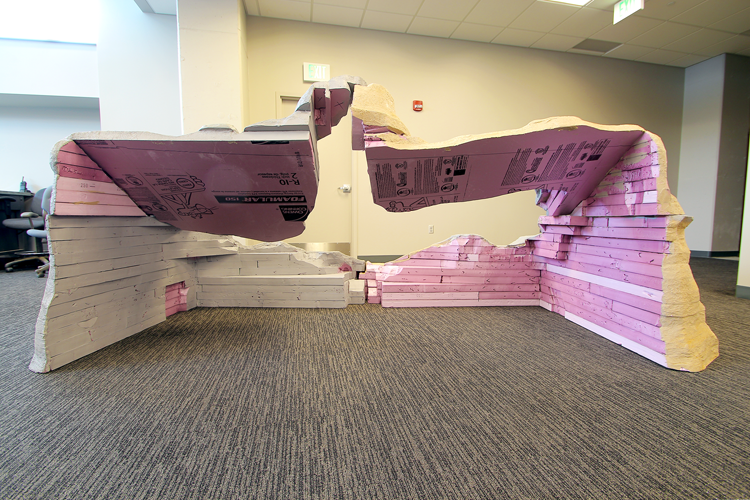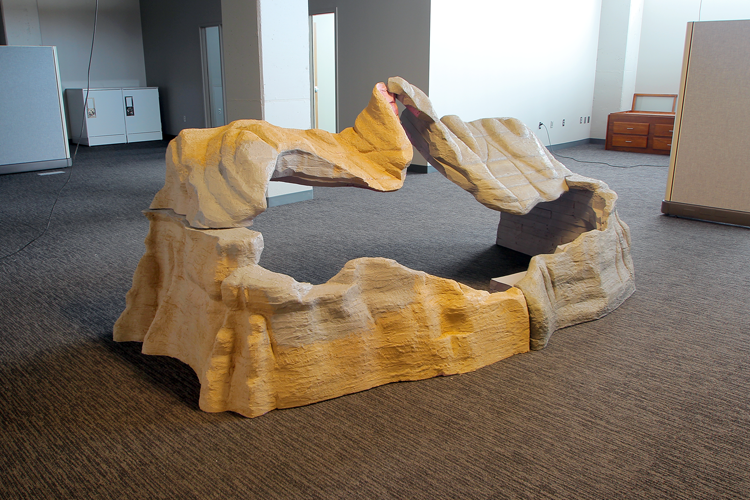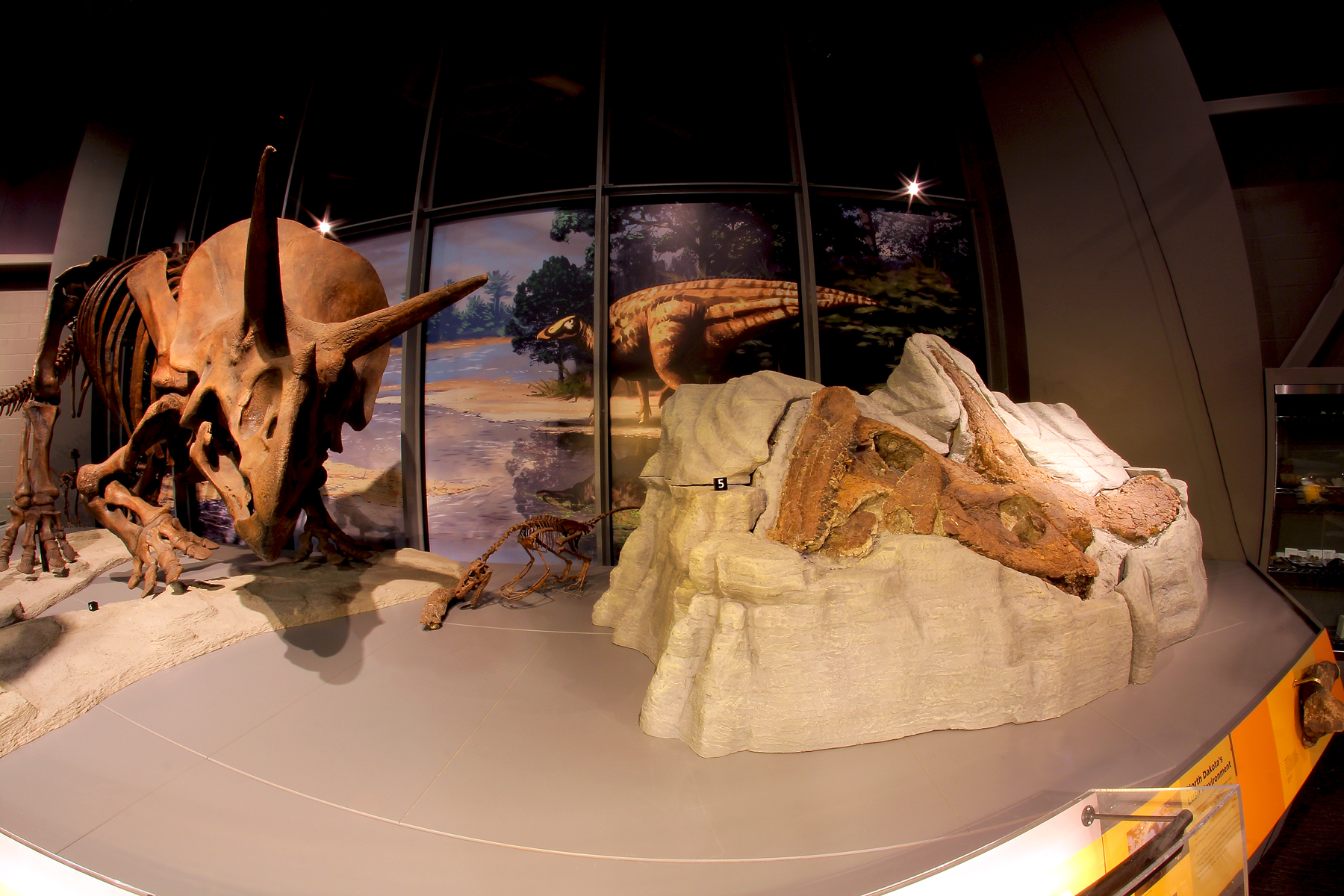Trimming Leaves the OLD Fashioned Way
Or is that fashionably trimming old leaves? When we (paleo) go out to collect fossils, generally what we bring back is not ready to be put on display. A lot of work goes into repairing, cleaning, and making the bits and pieces into something presentable. In this case, we collected blocks and blocks of fossil leaves on a soft sandstone matrix (the surrounding rock). The blocks were large, unwieldy, heavy, and UGLY. We needed to find the best method of trimming down the extra rock, while at the same time “leafing” the fossil intact for cleaning at a later date.
Thankfully, the sandstone matrix was soft and relatively easy to work with. Sadly, the sandstone matrix was soft, and crumbled easily! We ended up using keyhole saws to trim the sides of each fossil block – the rough teeth were much more useful in this case than the smaller-toothed hacksaw. The bottom was trimmed or flattened using a wire-mesh screen – essentially metal sandpaper for sandstone. Everything was balanced over buckets to catch most of the residual fine sand. Once carefully trimmed, butvar (plastic dissolved in acetone) was brushed onto the bottom and sides to help stabilize the sand. This left the top with the fossil leaf untouched, accessible, and ready to be properly cleaned later. In the end, we prepared a couple hundred leaves. It was quite the project, but it’s great to be able to have these fossils ready to share today and for generations to come!
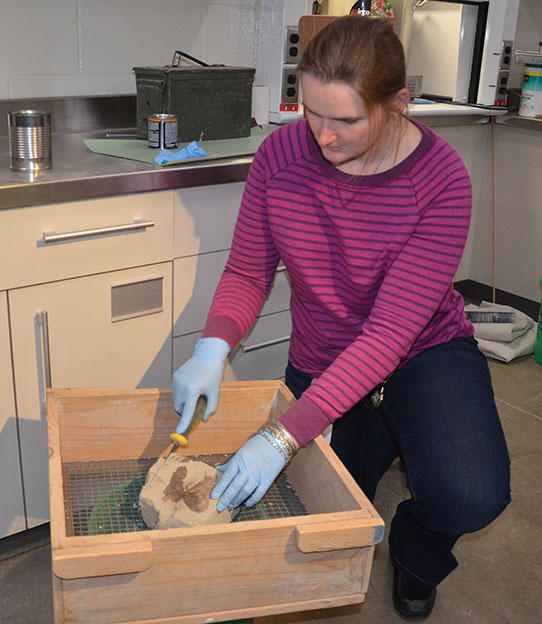
Becky with her leaf-trimming setup. Wire-mesh screen, keyhole saw (in hand), and a "Liriodendrites" leaf.
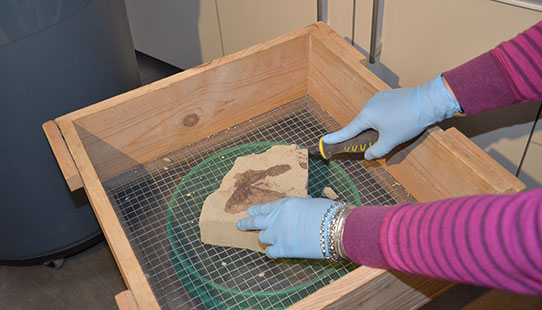
Close-up of the "Liriodendrites" leaf


